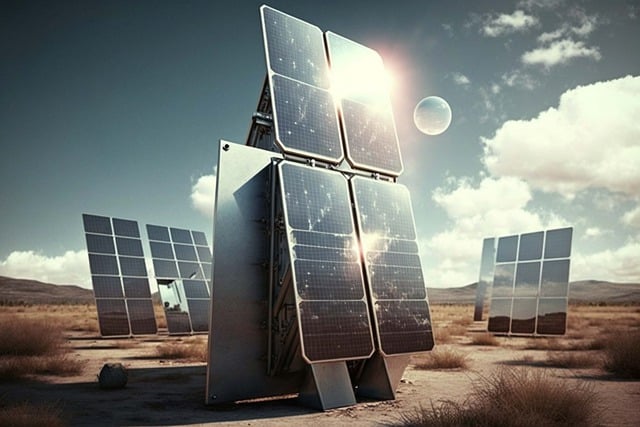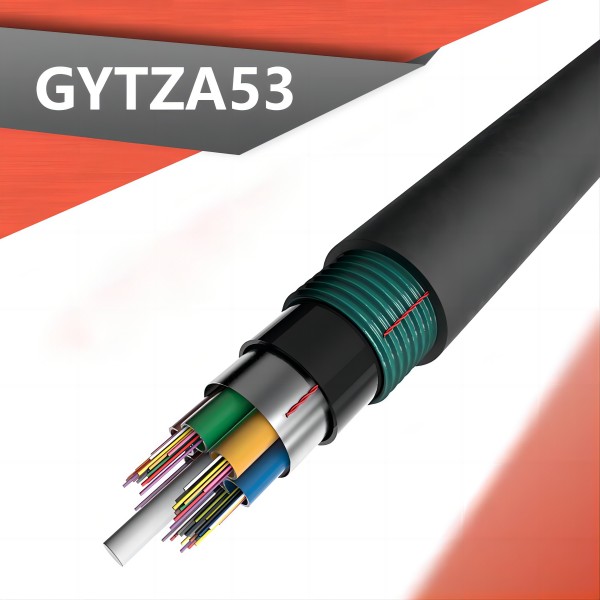In the new era of interconnection, the need for energy projects’ infrastructure is growing. Industrialization is speeding up. It creates a big demand for better outdoor cables. They must be more powerful and reliable. Outdoor cabling has faced many challenges since its development. These include weather disasters, damage by rats and ants, and visual interference. To cope with these challenges, solutions for buried cables are maturing.
Challenges of Buried Cable Technology
Material Degradation: Over time, the insulation and jacketing of early buried cables degrade. Long exposure to moisture, temperature swings, and pollution can make the material brittle. It can also cause it to crack and peel.
Water can get in, even with the jacket’s protection. It can happen in very humid places. This can cause electrical shorts, conductor corrosion, and performance drops. Water getting in is a big threat to buried cables. This is especially true in areas with high groundwater or frequent rain.
Mechanical damage is a big risk for bad cables. They are easily damaged by digging equipment, landscaping, and accidental impacts. These happen during installation and maintenance. Buried cables need reinforcement and shielding. Without them, the cables are at risk of cuts, abrasions, and punctures. These can harm their insulation and integrity.
Cables buried early lack protection. They lack it from things like UV radiation, chemicals, and soil erosion. They lack protection from environmental factors. These stresses can speed up material decay. They can also shorten cable life and hurt electrical performance.
Current innovations in buried cable technology
The cables are often buried. They have modern insulation that resists moisture, extreme temperatures, and stress. They are commonly used. They are known for their durability and electrical performance. They are High-density polyethylene (HDPE), cross-linked polyethylene (XLPE), and ethylene-propylene rubber (EPR). These materials provide a rugged barrier against water, UV radiation, and chemicals. They ensure long-term reliability in underground places by keeping these things out.
The jacket is resistant to corrosion. In addition to better insulation, buried cables also have jackets. Jackets protect against pollutants and aggressive soils. PVC, PE, and TPE are examples of jacket materials. They can withstand chemicals and abrasion. They shield the conductors and insulation of the cable well. This makes the cable more durable and resistant to aging.
Modern buried cables have reinforced design. It gives them extra strength and resilience. The cable has armor layers, strength members, and jackets. They are part of its layered structure. They resist extrusion, bending, and impact during installation and use. For example, a special armor layer is in Danyang Winpower armored cables (such as TÜV 2PfG 2642 PV1500DC-AL DB). This layer makes the cables resistant to rodents and ants.
Future Trends of Buried Cable Technology
The world is paying more attention to sustainable development. Future buried cable technology may become more eco-friendly. This may include developing cables that are fully recyclable or biodegradable. It means using eco-friendly manufacturing to minimize carbon footprint. Also, it means implementing innovative practices, like life cycle management.
Danyang Winpower has always been at the forefront of the industry in outdoor wiring. We have high-quality buried cables like UL4703 and H1Z2Z2K/62930 IEC. We also have RPVU and AL DB 2PfG 2642. They have passed international authoritative certifications from TÜV, UL, CUL, and RoHS.
In the future, Danyang Winpower will keep innovating. It will also strengthen its main products and technology in the energy field. It will strive to bring the cleanest and most abundant energy to customers. This will create more economic and social benefits.
Post time: Jun-27-2024


